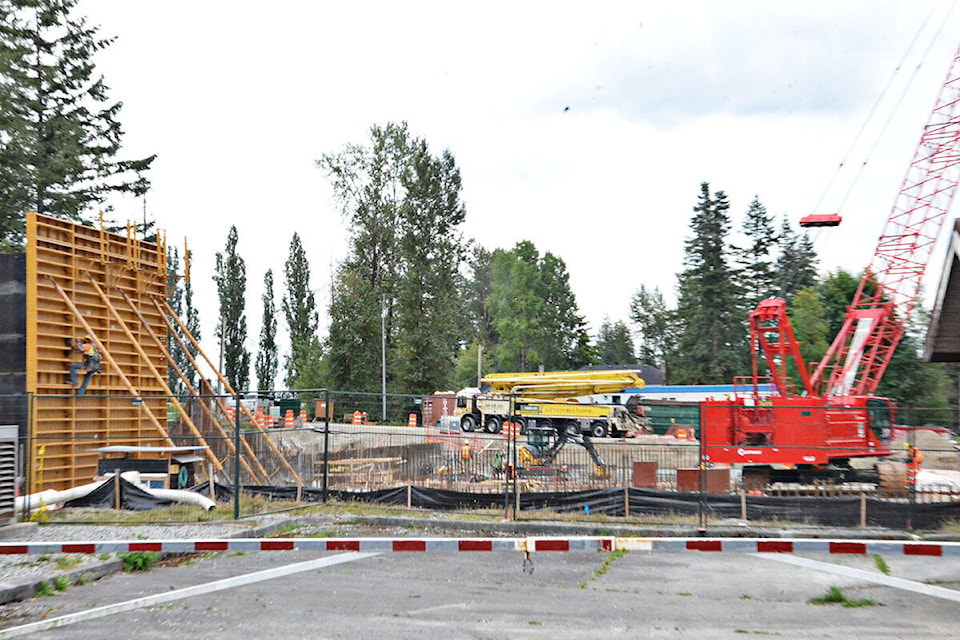A report by the fiscally conservative Fraser Institute shows that municipal spending per person is going up fast in Langley Township, but it doesn’t break down sources of government revenue.
The report ranks Lower Mainland municipalities by both municipal spending per person, as well as municipal revenue per person, based on data from 2019.
Langley City was near the bottom in terms of revenue in 2019, coming in at 15th spot, with $2,040 in revenue per person. Langley Township was in sixth, with $2,826 in revenue per person.
Coquitlam was in the top spot for revenue per person, at $3,181, while Port Coquitlam was at the bottom, at $1,813.
Meanwhile when it came to municipal spending, the City spent $1,705 per person, while the Township spent $1,968 per person.
The City’s spending per person, adjusted for inflation, was up 13.2 per cent over the 10 years from 2009 to 2019, while the Township’s was up 20.6 per cent.
The report does not break down types of municipal revenue. For example, it does not make a distinction between property taxes, casino revenues, and fees charged to developers, although the report’s appendix points out that Coquitlam had such high revenues per person because of a development boom in 2019.
It also doesn’t make a distinction between residential property taxes, and property taxes on industrial or commercial developments, or on agricultural lands. Commercial lands are taxed at a higher rate, while working farms in the ALR are taxed at a lower rate.
Different municipalities gain different amounts of revenue from multiple sources. Langley Township and City both have significant commercial and industrial areas, and both have seen surges of development that have increased the amount they collect from developers in recent years.
Langley Township Mayor Jack Froese noted that between 2009 and 2019, the Township increased its development cost charges (DCCs), but also saw increases in service fees for utilities like water and sewage. Other revenues have increased as new rec centres and pools have been opened.
But there have also been big increases in expenditures, Froese said, pointing to the cost of building and maintaining more parks, rec centres, and infrastructure for things like roads and water. Even the cost of climate change has added up, with flood repairs after major rainfall events in recent years.
“Every municipality has its own unique challenges,” said Froese.
READ ALSO: Township takes issue with poor rating in Fraser Institute’s housing report – 2018
READ ALSO: A ‘surge’ of development applications in Langley City as rate hike nears – 2018
Have a story tip? Email: matthew.claxton@langleyadvancetimes.com
Like us on Facebook and follow us on Twitter.
